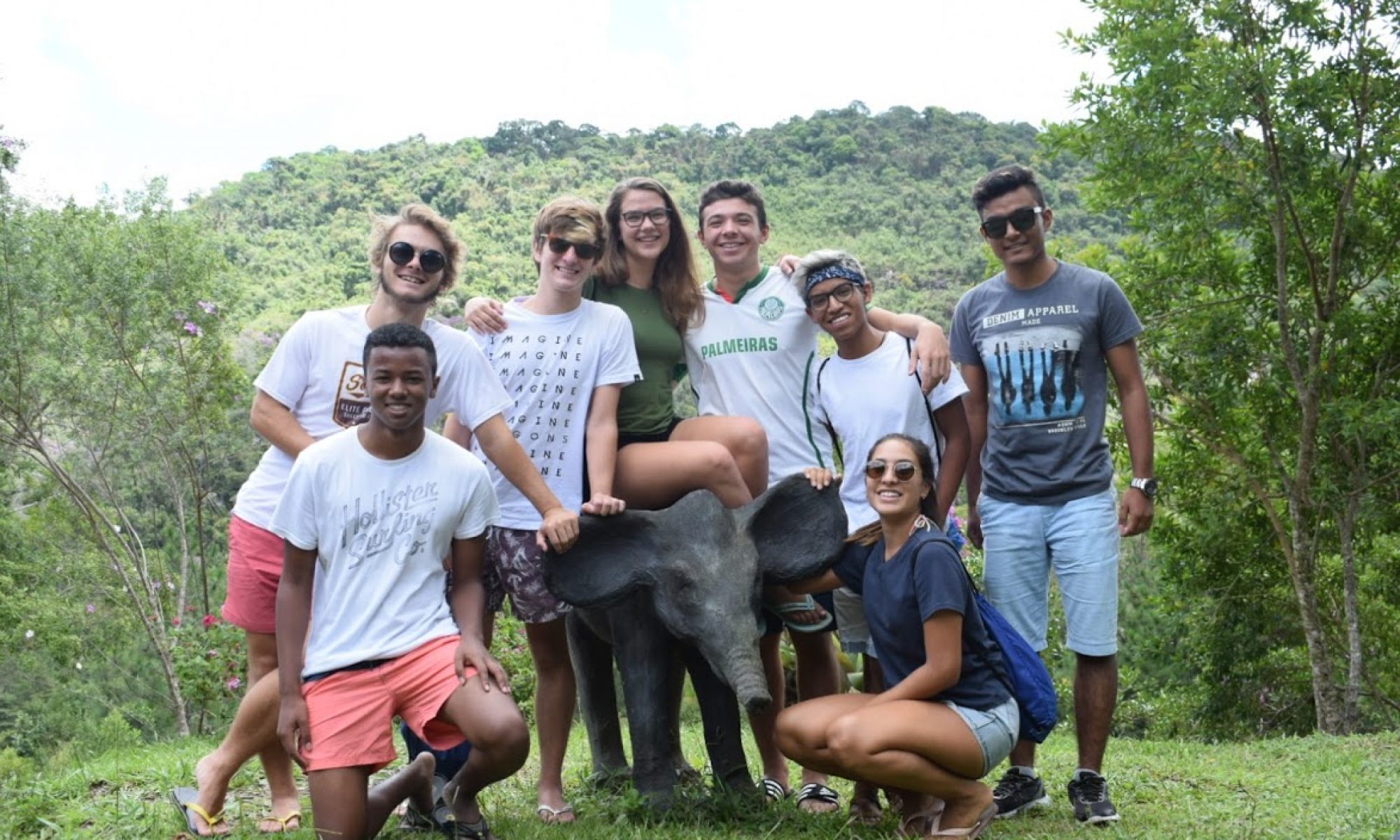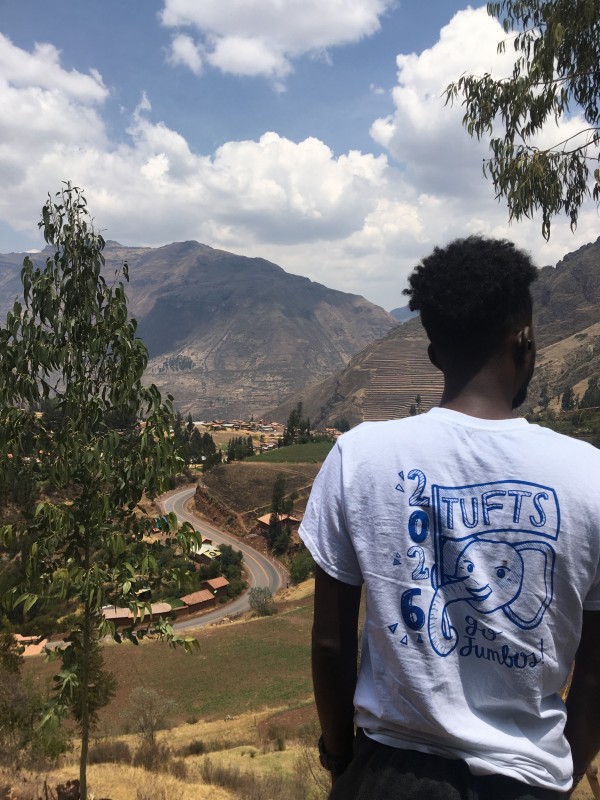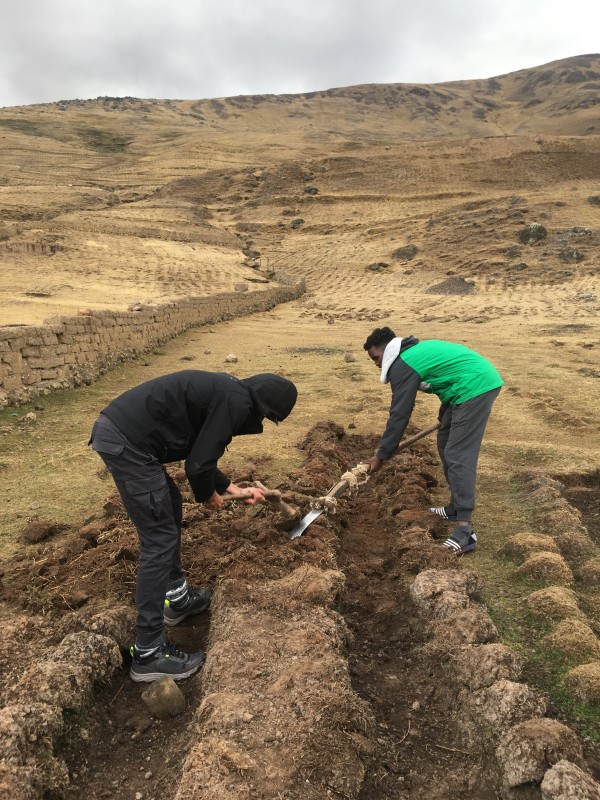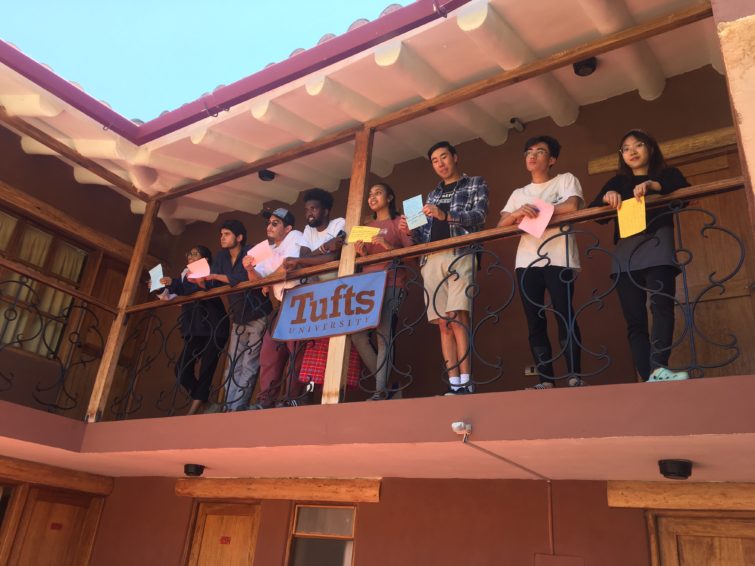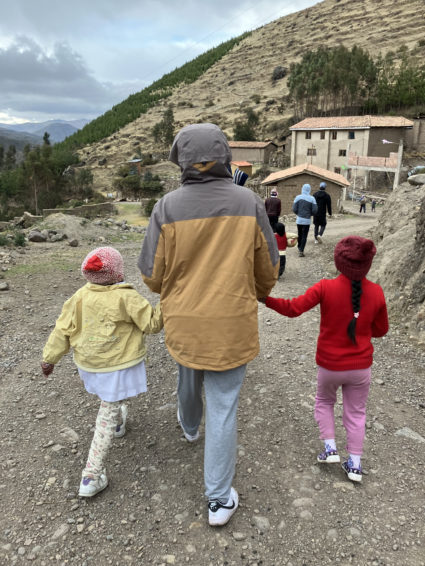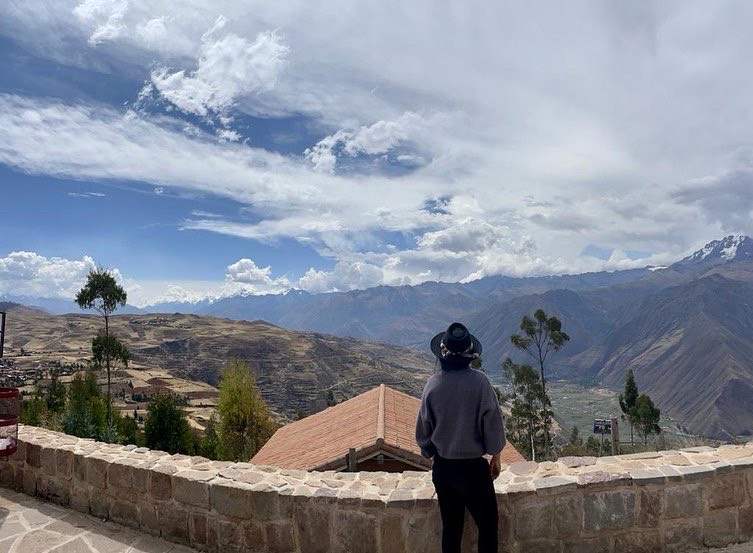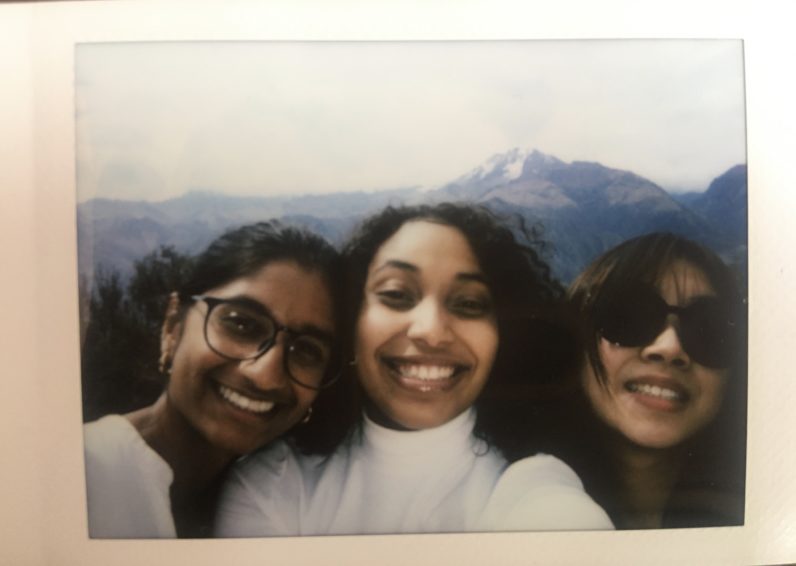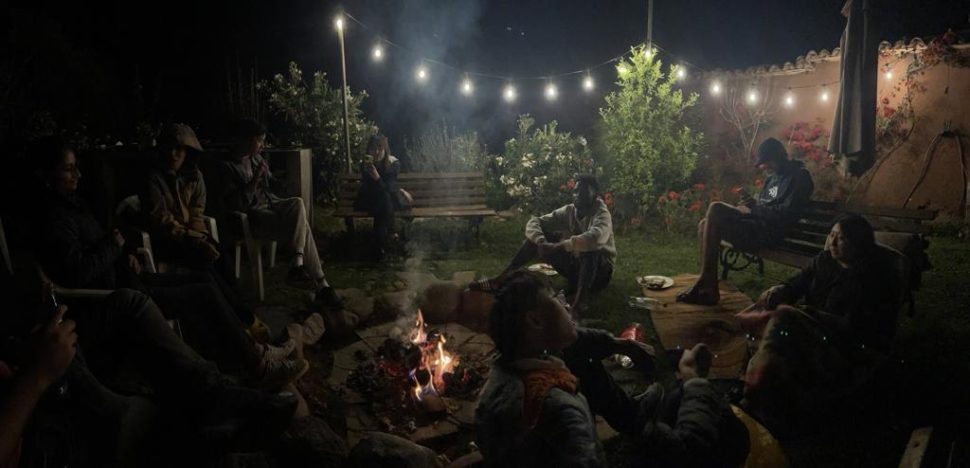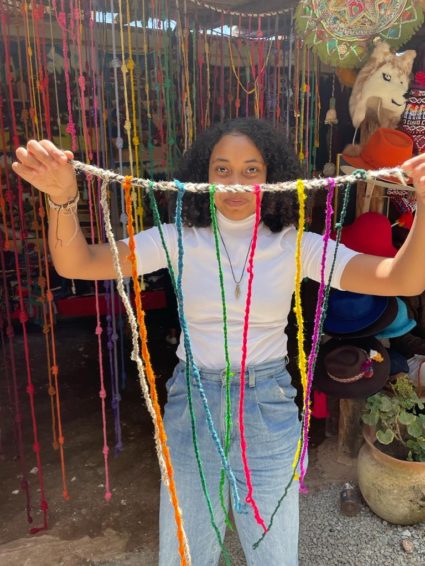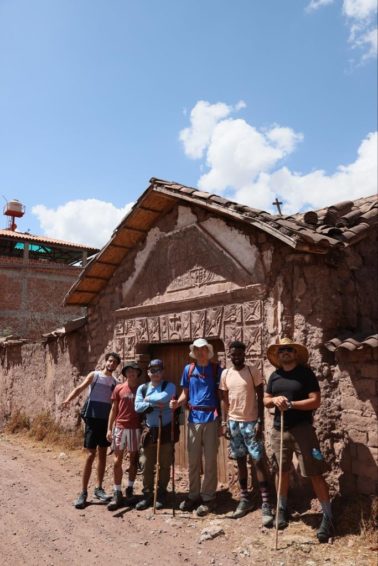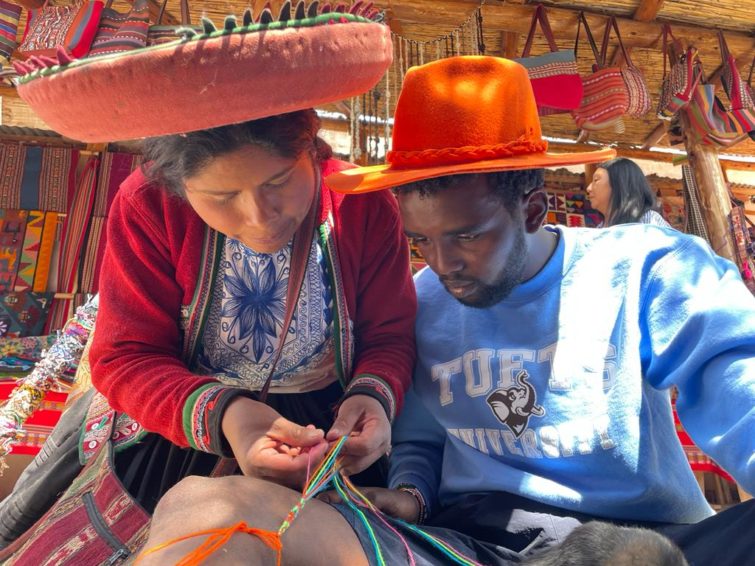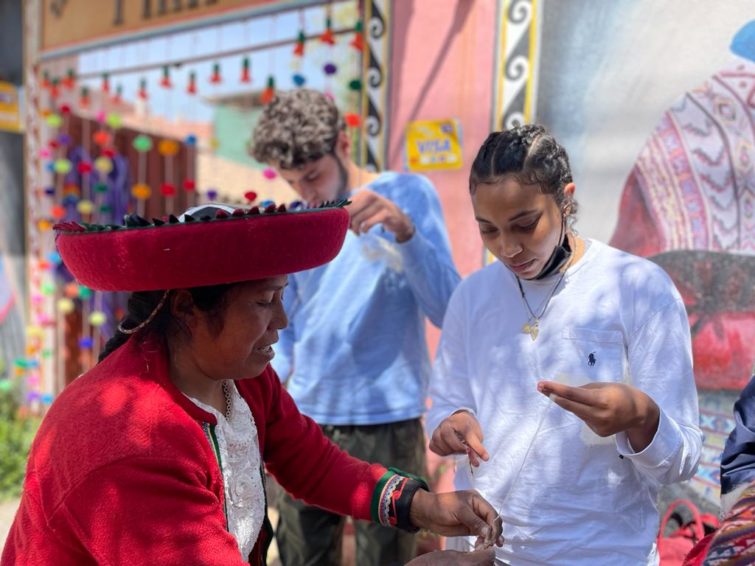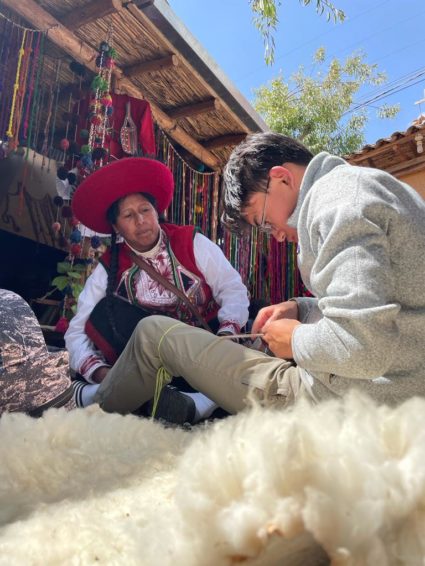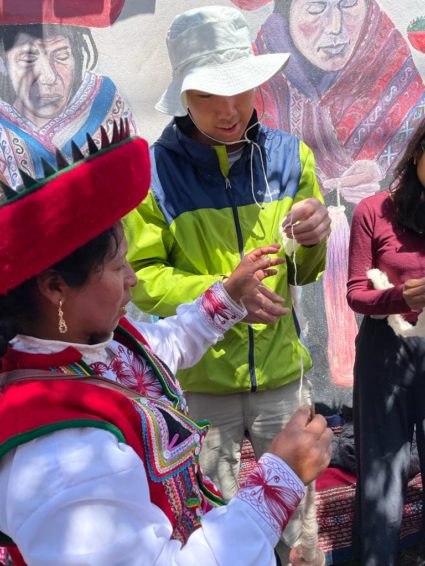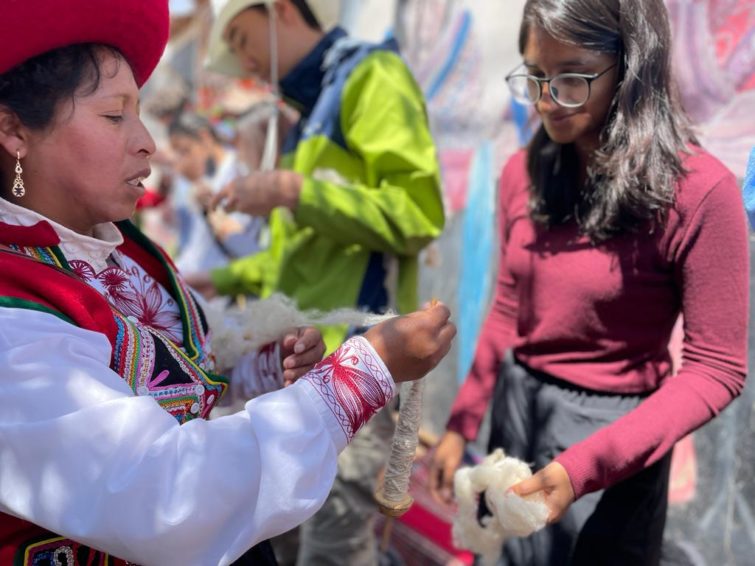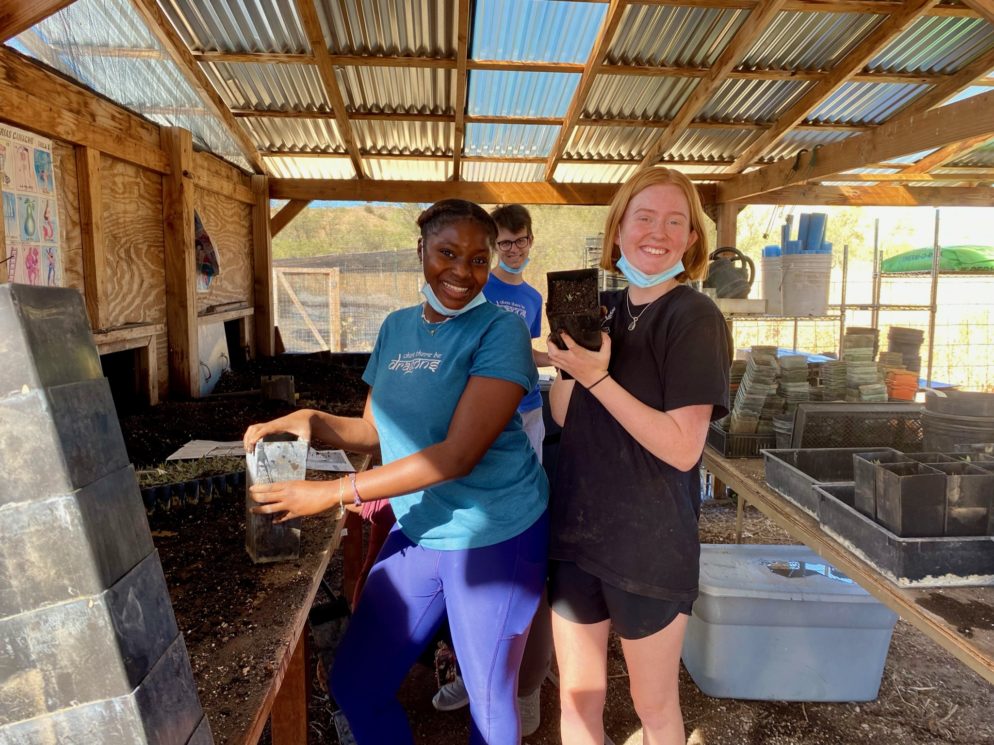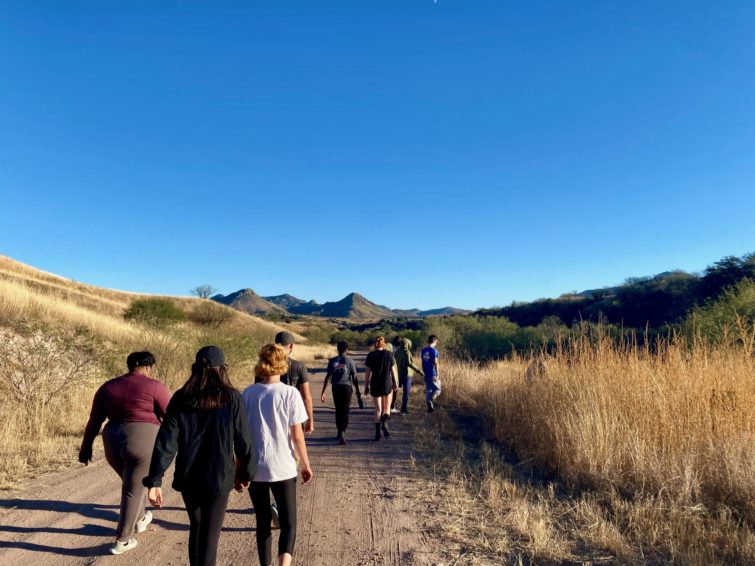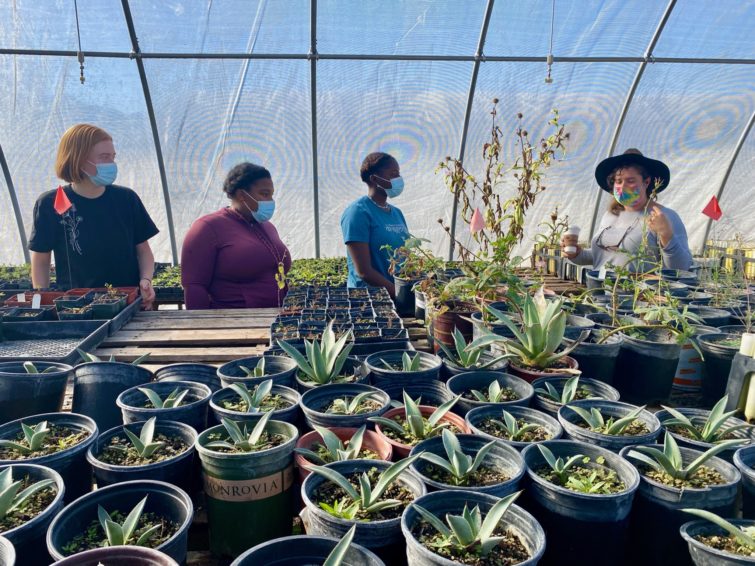by Mathew, Civic Semester Participant
Friday morning, 23rd of September 2022, our bags were packed for Paru Paru, a rural community in the high altitudes of the Andes, around 4000 meters above sea level. Pablo Moreno, one of our instructors, had been to this place before, and he had experienced the freezing evenings and mornings at Paru Paru. “The place is super cold, there’s no internet, and it’s totally different from the city of Urubamba,” he said with certainty: a clear indication for us to load our bags with heavy clothes that will at least make us survive for the four days we would stay in Paru Paru. He made it clear that our stay will be full of activities which included planting potatoes, doing adobe and mingling with the Paru Paru community. What was really on my mind was potato farming. I have tried a potato project before in my home country, Kenya, but it was never successful due to the intense droughts in Northern Kenya. It was like hitting a dead end. Therefore, this was going to be a learning opportunity for me, I spent the whole night of Thursday visualizing, completely in a fantasy world. I remember telling my fellow civic semester scholars to at least have some clothes that they don’t mind dirtying because farming will require us to make our hands useful in the field.
My spirits were high as we departed the Sacred Valley, Urubamba, a small city with sprouting red iron sheets buildings, and drove off up the Andes hills heading to Paru Paru. I had AirPods on my ears and eyes wide open to spot and admire every plant, animal and landscape we passed by. The mountain slopes were yellowish, and due to the sun rays and their reflection by the bright stones in the hillsides, the grass was blended orange with green scattered trees and small rivers that moved down the hills to the Sacred Valley. The road was snake-shaped up the mountains which made the route long and gave us more time to keep exploring and taking pictures for our memories.
Continue reading “Samburu in Latin America”